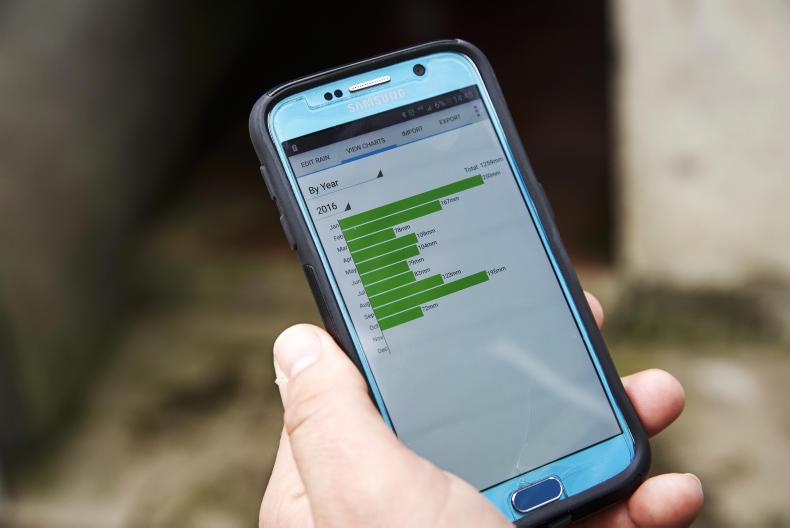Never mind 4G, the UK is moving on to 5G now. In his speech to the Oxford Farming Conference, Defra secretary Michael Gove highlighted the importance of having the necessary infrastructure in place that would allow farmers to adopt new technologies.
“Critical to making this new investment in tech and skills work is, of course, proper infrastructure: superfast broadband and reliable 5G coverage. If I can get reliable and unbroken mobile phone and internet coverage in a tunnel under the Atlantic as I travel between one Faeroe Island and the next, I should be able to get it in Oxfordshire.”
In the Holyrood budget announcement in December, the Scottish Government pledged a £600m investment that is expected to deliver 100% superfast broadband to all of Scotland, including the remote Highlands and Islands. Environment secretary Fergus Ewing also has connectivity under his remit.
He has been noted to say that despite the EU’s ruling that all BPS applications must be submitted online this year, Scotland will waive that rule as it recognises the internet coverage is not up to scratch to be able meet that target.
In fact, a report from the UK Telecoms watchdog Ofcom last year stated that 1.1m UK premises (4%) could not access decent broadband (download speed of 10Mbit/s and upload speed of 1Mbit/s.
Further to that, 7% of small businesses in the UK cannot receive decent broadband. Generally, premises in England have better access to broadband than those in Scotland, Wales and Northern Ireland.
“While superfast broadband coverage in England is 92%, the equivalent figure for the other nations varies between 85% and 89%,” the Connected Nations report reads.
“Superfast broadband –which Ofcom defines as providing a minimum 30Mbit/s download speed – is now available to 91% of premises in the UK, up from 89% last year [2016].”
The EU target is that every member state must have universal broadband coverage with speeds of at least 30Mbp/s by 2020. Speeds of at least 100Mbp/s must be in 50% of households by the same date.
Furthermore, all BPS applications must be completed online this year and Northern Irish farmers must register all of their calves online from May 2018.
So how do Scottish farmers perform in relation to our Irish and European counterparts? Figures for 2017 show that just 78% of the AECS forms were filled out online in Scotland. Northern Ireland and France are streets ahead. According to DAERA, the trend over the past four years in Northern Ireland indicates that online registrations are increasing at a rate of 4%/year, due to a reduction in paper registrations. Telephone registrations remained reasonably static at 4-5% for over four years.
In terms of calf registrations, 64% of calves in Ireland are registered online, compared with the GB average of 94%.






 This is a subscriber-only article
This is a subscriber-only article










SHARING OPTIONS: